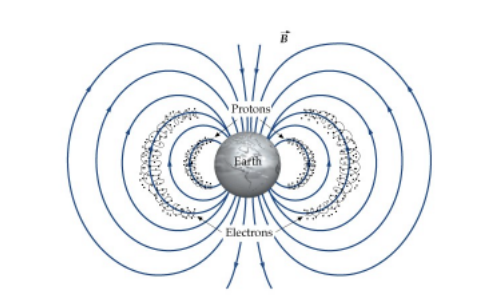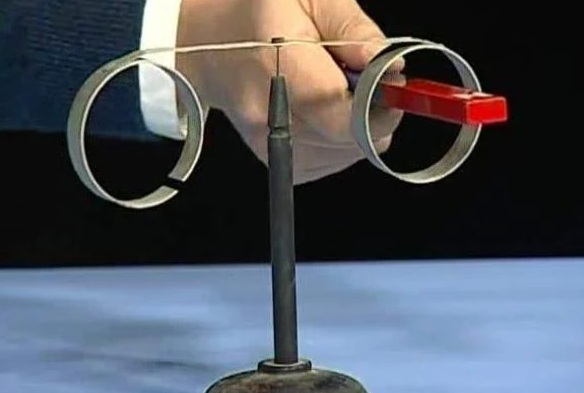Electromagnets, what are they?

An electromagnet is a type of magnet in which the magnetic field is produced by the flow of an electric current. If the flow of electric current disappears, the magnetic field and the effect that comes from it also disappears. It is an artificial magnet that has an iron core with a coil around it, passing an electric current through said coil. The iron of the electromagnet is soft iron: that is, without impurities.
There are different types of electromagnets depending on the direction of the current and the desired power. Among them we highlight those of circular current, direct current, rectangular and drive. An electromagnet works thanks to the property experienced by all electrical conductors: when a current flows through a conductor, a magnetic field is always generated.
The simplest electromagnet is a piece of wire wound into a coil. A cylindrical coil with the wire wound into a helix (similar to a corkscrew in the shape of a corkscrew) is often called a solenoid; a closed solenoid would be a toroid. The cable ends are connected to a power supply. Stronger magnetic fields can be produced if a core of a paramagnetic or ferromagnetic material is placed inside the coil, usually a soft iron core is used. The core concentrates the magnetic field so that it will be stronger than if there were only the coil winding.
An electromagnet can work with both alternating current and direct current. The magnetic fields originated by the coils follow a form of the right-hand rule. If the fingers of the left hand are curved in the direction of the flow of electron current through the coil, the thumb points in the direction of the magnetic force. The side of the magnet from which the field lines arise is considered to be the North Pole.
Do you dare to make an electromagnet?





Responses